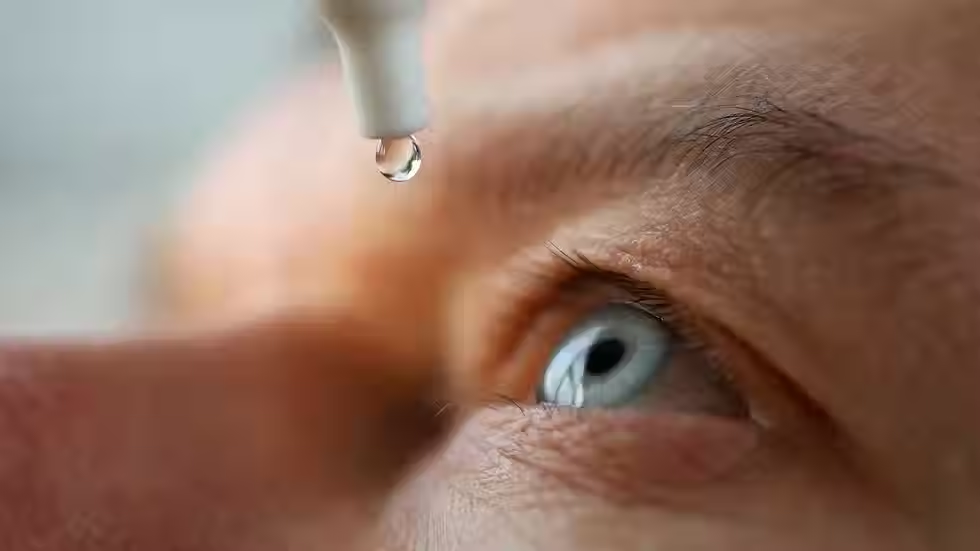Should I use lubricating eyedrops after blepharoplasty surgery?
- beckylouford
- Sep 17
- 3 min read

Blepharoplasty (and other eyelid surgeries) can make the eyes feel dry, gritty, or watery during the healing process. This is very common, as the surgery can temporarily affect the way the eyelids blink and spread tears across the eye surface. Your eyelids may not blink as effectively as usual if they are swollen after surgery. Using lubricant (artificial tear) drops regularly can keep your eyes comfortable and protect your healing eyelids. Miss Ford may give you prescribed drops after the surgery, but if you do not need a specific prescription, you will probably benefit from over-the-counter lubricant (artificial tear) drops for a couple of weeks after the surgery.
Why Lubricant Drops Are Important
Moisture protection: Prevents dryness, burning, and irritation.
Healing support: Reduces the risk of friction on healing tissues.
Comfort: Relieves that “scratchy” feeling often reported after surgery.
Choosing the Best Lubricant Drops
Not all eye drops are the same. After blepharoplasty, we usually recommend preservative-free artificial tears, as they are gentler on healing tissues. It is best to buy a fresh bottle to use after surgery, even if you used dry eye drops before, to minimise the risk of infection. Look for these options at your pharmacy or optician, or you can buy them online here:
Preservative-free artificial tear drops (e.g., Hylo-Tear, Celluvisc, Systane Preservative-Free, Thealoz Duo). These are gentle, safe for frequent use, and less likely to cause irritation. These types of drops often say 'suitable for contact lens wearers' on the bottle.
Thicker gel drops (e.g., Viscotears, Hylo-Gel) if your eyes feel especially dry, especially at night.
Lubricating ointments (e.g., Lacri-Lube, Xailin Night) may be recommended at bedtime, as they keep the eyes moist overnight but can blur vision.
⚠️ Avoid “redness relief” or medicated drops – these are not suitable after surgery.
How to Put Eye Drops In
Wash your hands thoroughly with soap and water.
Tilt your head back or lie down.
Gently pull the eyelids open with a clean finger to create a small pocket. Try not to pull on the lids that have had the surgery
Hold the dropper above the eye – be careful not to let it touch your lashes, eyelid, or skin.
Squeeze one drop into the open eye.
Close your eyes gently (don’t squeeze) for 20–30 seconds to let the drop spread evenly.
Blot away excess fluid with a clean tissue.
You can find a video here that shows an ideal technique for use after upper lid surgery.
💡 If you’re using more than one type of drop, wait at least 5 minutes between different drops so they don’t wash each other out.
How Often Should You Use Them?
In the first weeks after surgery, you can use the drops up to every 2–3 hours during the day. Be guided by how your eyes feel.
Use ointment at night if your eyes feel sore or gritty on waking. Put this in immediately before bed as it tends to make your vision blurry.
Frequency usually reduces as the eyelids heal, but some people continue to benefit from lubricants long-term.
Final Thoughts
Lubricant drops are one of the simplest ways to keep your eyes comfortable while your eyelids heal. Choose preservative-free artificial tears, use them regularly, and follow the correct technique for the best results. If your eyes remain sore, red, or your vision changes, always check back with your surgeon.

Comments